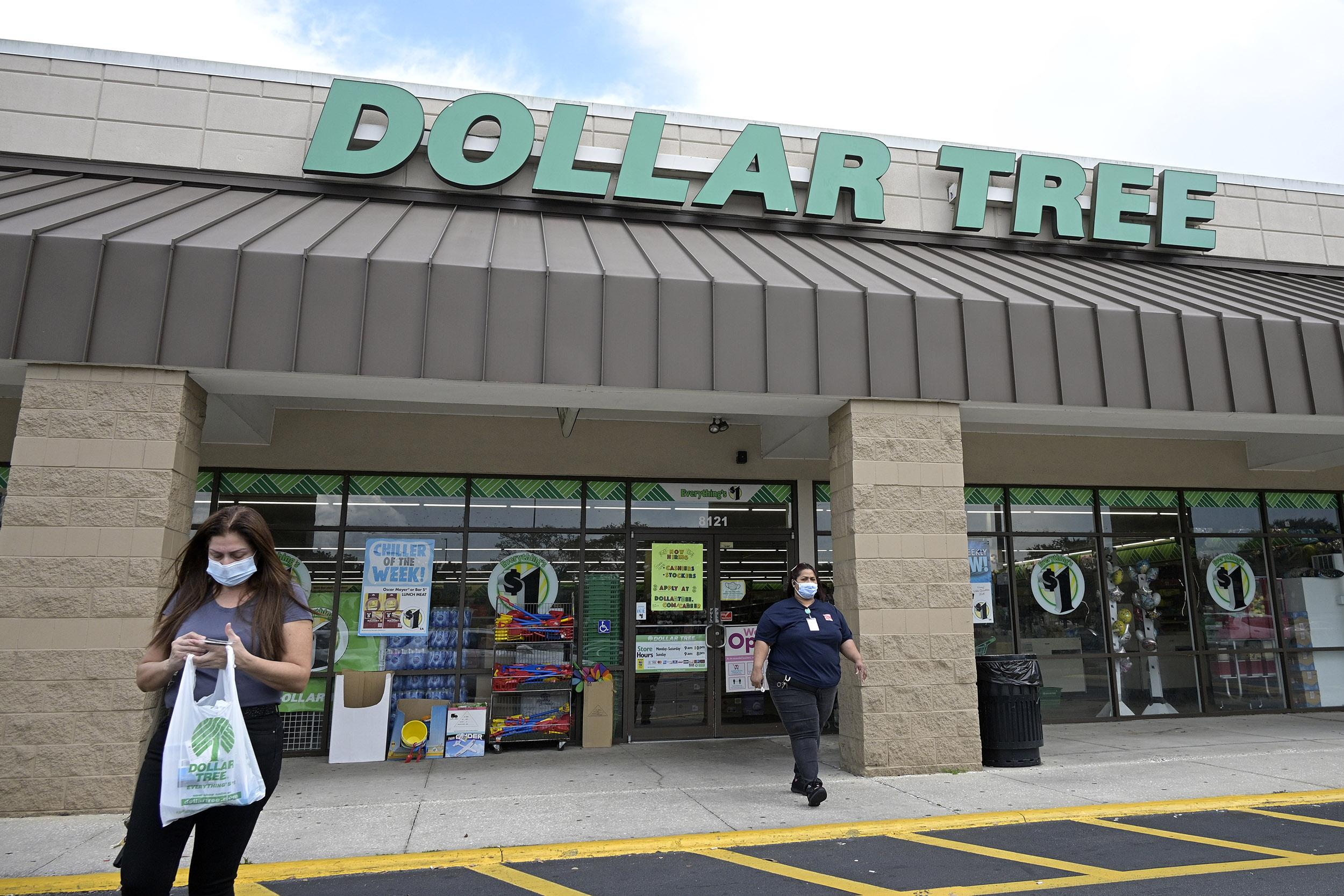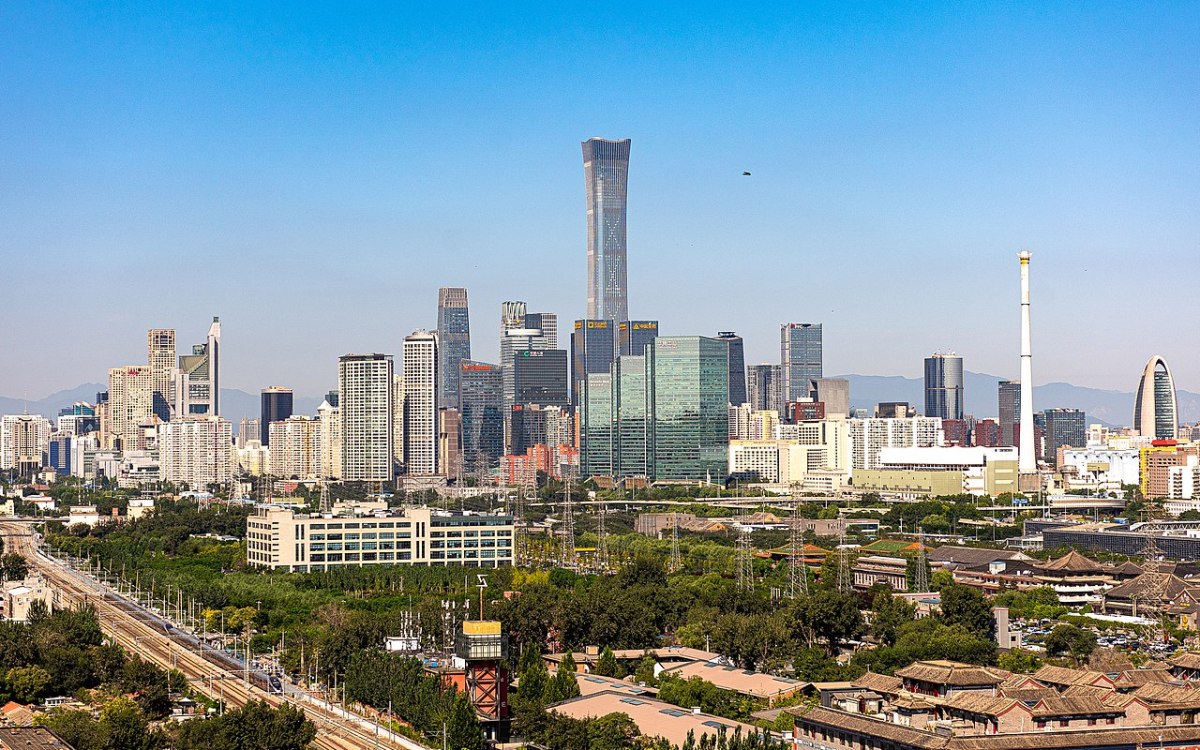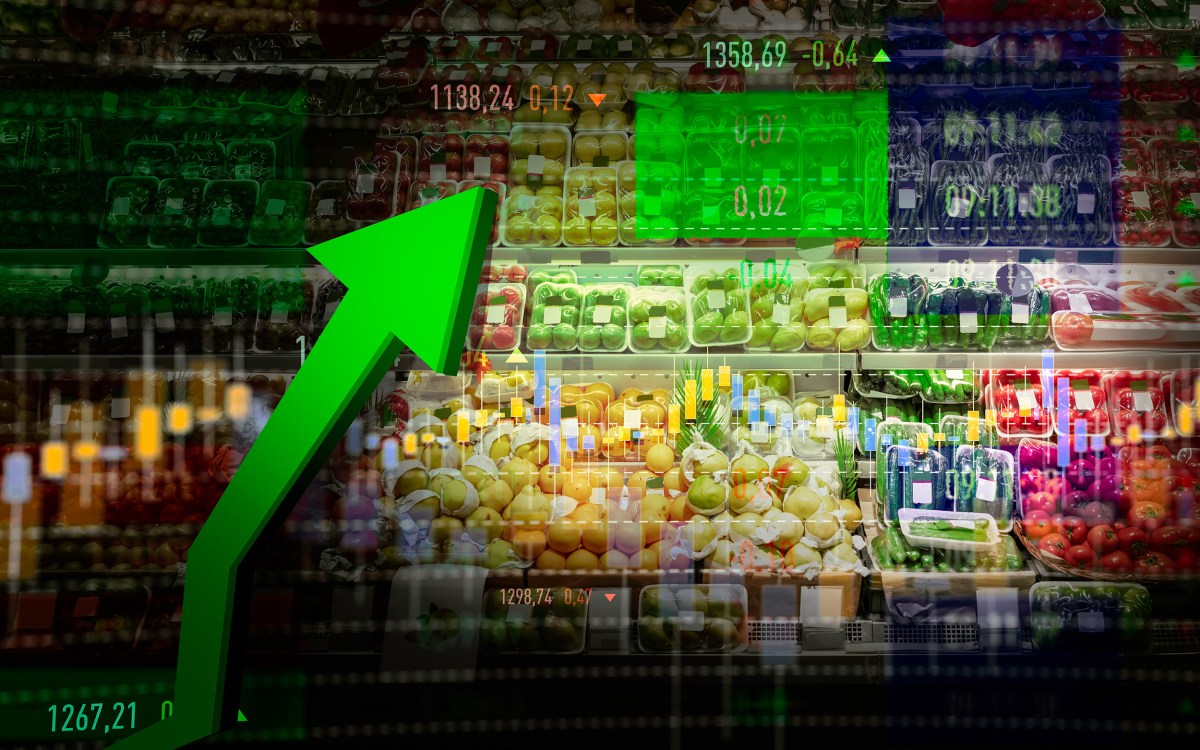
Rising labor and shipping costs are putting the “dollar store” business model to the test, says Harvard analyst Willy Shih.
AP file photo
Where’s all your stuff? It’s complicated.
Business School analyst says higher costs, shipping woes, worker shortages casting shadows over ubiquitous dollar stores, holiday shopping
Retailers should be ecstatic. Last year was dismal amid the pandemic, with plunging revenue and record bankruptcies. But this year things have turned around. For instance, retail sales in April through June were up 28.2 percent from the corresponding period in 2020, according to U.S. Census Bureau data. But higher costs for materials, manufacturing, shipping and trucking, and COVID safety measures, coupled with unprecedented competition for workers, are testing the endurance of retailers, especially those who rely heavily on cheap imports from Asia, like the discount chains known as “dollar stores,” which now outnumber all of the Starbucks and McDonald’s in the U.S. combined. They will account for 40 percent of all new store openings this year, according to a Coresight Research report.
Willy Shih, the Robert and Jane Cizik Professor of Management Practice at Harvard Business School, is an expert on global supply chain and co-wrote an HBS case study, revised in 2019, on Dollar General, one of the largest dollar store operators, shortly before it was acquired by New York investment firm KKR. Shih discusses the “terrible mess” caused by pandemic-driven manufacturing, shipping, and delivery delays, and explains how dollar stores have been able to defy the downward trends that have devastated brick-and-mortar retail in recent years. This interview has been edited for clarity and length.
Q&A
Willy Shih
GAZETTE: The pandemic continues to wreak havoc on retailers’ ability to get imported goods shipped and delivered in a timely fashion. What is happening?
SHIH: The biggest importers in the U.S. — Walmart, Home Depot, Lowe’s, Target — they’re all suffering from congestion in Los Angeles and Long Beach, in the Port of New York and New Jersey, in Savannah, Georgia, getting merchandise into their distribution centers.
All retailers are suffering from a shortage of truckers, a shortage of trailers, shortage of capacity in all the logistics networks to move goods around. At the same time, we’re seeing significant jumps in wages. A lot of that is driven by Amazon, which has had such huge growth. They need a lot of people for their distribution centers. We’ve seen, for example, Walmart raise their minimum wage; we’ve seen Amazon raising their minimum wage. Manufacturing wages have jumped significantly.
“What people are panicked about is, here it is October, if I ship something from China, normally I can make it in time for the holiday season. But right now … there are bottlenecks all along the system.”
I’m sure there are cost pressures on Dollar General and Dollar Tree, especially the “treasure hunt” merchandise. All that stuff comes from Asia. And the cost of importing a container from South China to Los Angeles and Long Beach has gone from $2,500 to $20,000 in the last 18 months. That’s a huge jump.
Vietnam right now has a terrible COVID outbreak. They’re locking down places, and that means shutting down factories unless the workers live in the factory. For example, Nike has said publicly in their last earnings call that they’re not getting the shoes that they need. Vietnam is a major source for footwear and garments. Southeast Asia and China are a major source for toys. If you think about all the treasure-hunt-type things that you find in Dollar Tree or Dollar General and Family Dollar, they’re all coming from Asia.
So, there’s a logistics problem, and then there’s the increased cost if you can even get it into a container and get it booked onto a ship. You also have this COVID problem, which in the last couple of weeks has really hit Vietnam hard, Vietnam and Malaysia, in particular. And it’s spotty in China; China has a zero-tolerance policy for COVID. All those things interfere with supply, but they also interfere with the logistics and transportation. And then, we have congestion on the eastbound trans-Pacific. It’s been peak season since August of 2020 and people are saying this peak season isn’t going to end until 2022 or 2023.

Willy Shih is an expert on global supply chain and co-wrote a Business School case study on Dollar General.
Kris Snibbe/Harvard file photo
GAZETTE: Demand for imported goods exceeds last year’s figures and yet, even with so many barriers, the volume of goods coming into the U.S. is up over 2020. What’s different today?
SHIH: It’s expensive and it’s late. Nike said last week that stuff that used to take four weeks to get from Vietnam into their distribution center is now taking eight weeks. What people are panicked about is, here it is October, if I ship something from China, normally I can make it in time for the holiday season. But right now, I might not be able to make it into stores by Christmas after I get through the inbound trade-lane delays into the distribution centers. We have a terrible mess in intermodal rail. There are bottlenecks all along the system.
GAZETTE: You co-wrote a case study on Dollar General, one of the two largest operators of dollar stores. Today, there are over 30,000 dollar stores across the U.S., more than Starbucks and McDonald’s combined. Things do cost more than a dollar, and they’re in rural, urban, and suburban areas now.
SHIH: The storyline is different whether you’re Dollar Tree, Family Dollar, or Dollar General. They all started out with this mentality, which I would argue is like the modern Five & Dime, with treasure hunt. Treasure hunt from a retail standpoint means when you go in, every time the merchandise is different. People go in there, and they find their treasures. After KKR bought Dollar General and took them private, they moved it much more to being a general store, daily necessities, stuff like that, and they expanded dramatically across rural America. Family Dollar has followed that model. A lot of their private-label merchandise is imported from Asia. That’s one of the ways they have very low prices.
GAZETTE: Because dollar stores rely on low-cost imports to keep the shelves stocked, are they getting hammered by the slowdown of goods from Asia?
SHIH: They’re not getting totally killed because, especially Dollar General, what they’ve tried to become is the everyday convenience store. They’re carrying more fresh produce, carrying paper towels, toilet paper, all those daily necessities. The complaint about a lot of them is that it’s like when Walmart came to town two decades ago and wiped out a lot of smaller community stores, and Dollar General is wiping out a lot of others.
“Dollar General has taken on the mantle that Walmart had, which is convenience, the quick in-and-out. And they’ve gone into underserved areas.”
GAZETTE: Businesses are struggling to fill vacancies, with workers quitting jobs at a historic clip. Retail, a high-turnover industry even before the pandemic, has started to raise pay, give workers more predictable schedules or offer bonuses in order to attract and retain employees. Dollar stores typically pay among the worst in retail, close to the minimum wage, and maintain very low staffing levels. A recent New York Times story suggests dollar store workers are flocking to competitors because these businesses are resisting the changing labor/wage environment. Why would that be, and do you foresee that becoming a problem?
SHIH: In some sense, that’s their business model. They cater to a lower-income group, so having low prices is very important and that means keeping costs under control. They, like everybody, are facing these inflationary pressures, logistics costs, product costs, and that’s their business model right now. How long can they hold out doing that? That’s really the question.
You are definitely seeing competition for labor from Amazon, from Walmart. Dollar Tree and Family Dollar are not quite the pure model Dollar General has become, but they’re all at that low end of the market. Their business model requires a low-cost operation, so they’re going to feel that inflationary pressure. In the last recession, they saw tremendous growth because we didn’t have a lot of inflation. A lot of people went to them because it’s like, “Oh, I can get lower-cost goods here.” So this is going to be a test for them. Whether it’s going to be transitory or longer and more significant? I’m sure they’re feeling it.
GAZETTE: What would be a threat to these businesses?
SHIH: Inflation and rising labor costs are a real threat to their business model.
GAZETTE: Despite their critics, dollar stores will account for 40 percent of all announced new store openings in 2021, according to Coresight Research. What accounts for their continued success when so many other major retailers have gone bankrupt since March 2020?
SHIH: If you look at their model, it’s always been lean staffing, relatively small footprint in low-cost locations. Walmart is 100,000 to 150,000 square feet, and these are like 10,000 to 20,000 square feet, limited selection, low cost. And then, as The New York Times article points out, not a lot of staffing. The people who were in the store, depending on the shift, will unload the trucks and stuff like that. And so, it’s a low-overhead model, low cost, and they don’t need to have a lot of foot traffic because it’s a low-fixed-cost model. Maybe you’re not selling as much, maybe you don’t have as many customers, but it’s sales per square foot. And here, I’m mostly talking about Dollar General because I haven’t seen Family Dollar being nearly as aggressive about this, where they position themselves is for everyday necessities, low cost, always open, always available. That’s a market niche that they’re serving very well at the expense of stores like Walmart.
I would argue Dollar General has taken on the mantle that Walmart had, which is convenience, the quick in-and-out. And they’ve gone into underserved areas. They’re affordable and in low-population-density areas. They’re very successfully serving those. The pressure will be on the small Main Street merchants in these small towns. That’s where they receive a lot of criticism. Because Dollar General has more scale, they can offer a good selection of merchandise and lower prices, and it’s driving a lot of the small merchants in smaller towns and not-so-small towns, like in the exurbs, out of business.
GAZETTE: Do they offer any lessons, positive or negative, to other businesses?
SHIH: I think one of the lessons is recognizing the need and then coming up with a strategy to serve a relatively underserved market. Especially in the case of Dollar General, they’ve been fabulously successful serving these markets that weren’t important to other people and they made a very good business. I think there’s a lot to be learned from that.






